Young Women, Sport, Physical Activity, and the Teenage Years
Young Women, Sport, Physical Activity, and the Teenage Years
Changing Bodies, Challenges and Opportunities
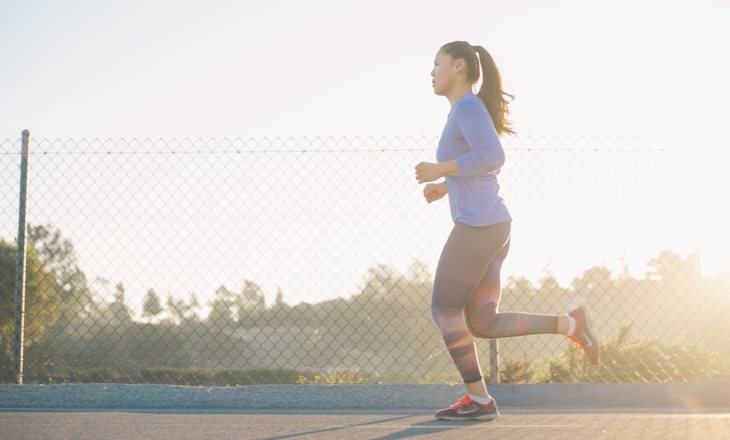
By Professor Holly Thorpe, Dr Megan Ogilve, Jacinta Horan, Dane Baker, Dr Lynne Coleman, Dr Stacy Sims and Dr Sarah Beable
WHISPA (Health Women in Sport: A Performance Advantage)
International and New Zealand-based research has consistently shown that young women are dropping out of sport and physical activity at much higher rates than young men. Recent research by Sport New Zealand shows that by the age of 17, young women are spending 28% less time being physically active than their male counterparts.
For parents and providers trying to make sense of why young women are turning away from sport, it is most important that we don’t blame this on young women themselves. Rather, we should be asking: what is going on in their lives that is turning them away from sport and physical activity at such high rates? In answering this question, it is helpful to consider some of the complex physiological, social and psychological changes affecting girls during this critical time in their lives. With such knowledge we can better support young women through their teenage years, and continue to build positive relationships with their changing bodies through sport and fitness.
Changing Bodies
The teenage years are a time of constant change for young women’s bodies both hormonally and physically. For example, breast budding is the first sign of true puberty and whilst this typically occurs about age 9-11 years there is wide variation of timing. This start of puberty signifies the growth spurt is commencing and girls' growing bodies need to be fueled properly (with appropriate energy and nutrient availability) to reach genetic potential. Acne can also appear more frequently during this time, which can lead to embarrassment and discomfort with sweating potentially making acne worse.
Another important change that can influence girls' feelings about sport is menstruation. The average age for menarche (the first period) is 12 years old but again there is wide variation. If there is no menarche by 15 years then medical assessment should be sought. Primary amenorrhea (delayed onset of menses) can be a symptom of insufficient nutrition for a growing and physically active young woman. As a young woman starts menstruation, periods can be unpredictable for the first 1-2 years, with rate of flow, timing, and discomfort all having implications for embarrassment in sporting participation. Periods that are particularly painful and/or heavy can again be discouraging for sport participation. Education for girls and parents around recording of periods (i.e., keeping a diary or using a menstrual tracking App) to ensure regularity is achieved and maintained allows monitoring of this important sign of a healthy body. It is also important that young women know where to go to get support and trustworthy information about menstruation in sport, as ongoing stigma and taboo about menstruation can also lead to negative feelings about sporting participation.
Self-consciousness of the changing body–i.e., breast and hip development, weight gain, menstruation–can be heightened in sporting contexts where the body is on display (i.e., gymnastics leotards, Lycra outfits, swimming togs, short skirts). In particular, girls frequently report feeling uncomfortable in sporting uniforms that reveal their bodies. Sports organizations who listen and respond to such concerns tend to see an increase in participation.
Other changes associated with menstruation, energy expenditure, and nutrition can also impact girls' energy levels and overall feelings of health. For example, iron deficiency anemia (leading to fatigue) has been shown to be more common in adolescent girls compared with boys of the same age or younger children. This can be easily diagnosed and treated if parents are aware of this possibility, but if it goes undetected may leave young women feeling lethargic, unmotivated and/or exhausted from sporting participation.
Physical changes during puberty mean that there can be changes in athletic ability with coordination, balance and speed. Such physical changes include a change in the center of gravity and knee stability affecting training and performance. If young women and their families are not aware of the reason for these changes, they can feel like they are “no longer good at” their chosen sports and give up. Yet, with understanding, patience and support, young women can learn to love the power in their developing bodies.
While adolescent males’ strength and control increases post puberty, adolescent female strength lags behind and motor control reduces for a period of time. This results in a vulnerability to injury in this population. From this point, the injury type and incidence in our young women varies from young men. Significant injuries such as ACL rupture (Anterior cruciate ligament of the knee) increase to 4-6 times the rate of males. This is a serious injury that often requires surgery to return to sport, takes a prolonged period of time (up to 12 months post-surgery), dedicated rehab and comes at a significant cost to families and the health system in the short and long term. Yet 50-70% of these injuries are preventable with the implementation of basic injury prevention programs as part of sport warm-ups. While access to prevention programs are available for our primary sports where this injury is common (football, rugby & netball), this is not common practice across all these sports. In addition to serious injuries such as ACL rupture, less severe but more chronic injuries that commonly occur in this teenage population are anterior knee pain and shin pain. Ongoing pain, reduction in their ability to complete training without limitations and subsequent reduction in performance, unfortunately commonly result in sport drop out.
Changing Relationships and Social Pressures
The teenage years are an important time for renegotiating social relationships and forging an identity as a young adult. For many, this means a shift from the parents to the peer group as the most important social influence in their lives. While some negotiate this transition well, for others, it can be a time of much disruption to relationships and sense of identity and belonging. For many young women, the social pressures, expectations and judgements to ‘look’ a particular way can feel overwhelming, as if coming from everywhere and nowhere, simultaneously.
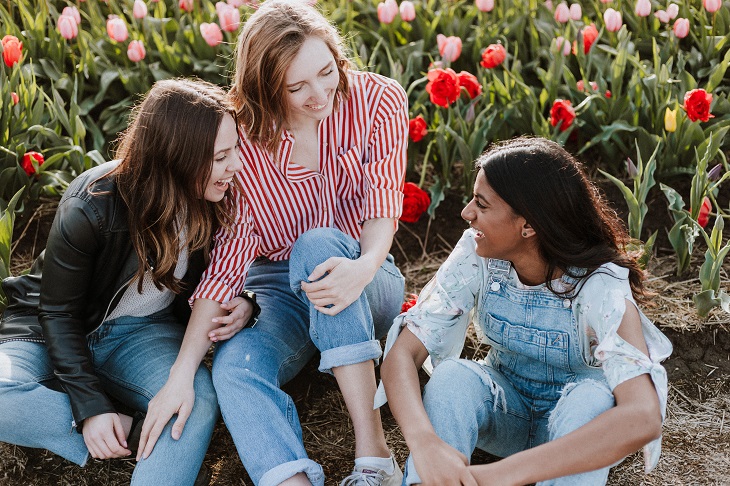
Medical studies show two-fold higher rates of depression and anxiety in adolescent girls compared with boys. International research is also showing that the pandemic is further exacerbating mental health issues among young women. As boys move through the pubertal journey their self-esteem and body satisfaction tend to improve whereas these scores worsen for adolescent girls. Early maturing girls can be more vulnerable to these concerns, again further complicated in sporting contexts where the body is on display, being judged and commented on by others. Given such sensitivities, parents and providers should always take utmost care when commenting on young women’s changing bodies. Such comments can be easily misinterpreted, and can contribute to body image issues and disordered eating practices.
These changing social dynamics and growing social pressures can influence young women’s participation in sport. For many young women, the motivation for sport and physical activity is fun, friendship and fitness, and the pressures of competitive sport (to achieve, to perform, to win) can feel too much as their motives shift and change. They are also trying to balance school, family and new social roles and responsibilities, so competitive sport can feel like it is ‘adding to’ the stressors of life as a teenager, rather than helping them through this tumultuous time. Of course, for others, the relationships, identity and sense of confidence gained through sporting achievements help them carve a path through the teenage years.
Teenage girls are highly digitally savvy. They use social media on a daily basis for a range of purposes; to communicate with friends and peers, to forge new relationships, and to communicate aspects of their everyday lives and identities. However, research is also demonstrating the increasingly powerful role that social media plays in impacting young women’s relationships with their bodies. Social media can increase social comparisons and exacerbate social anxieties, including social physique anxiety. Comparing oneself to others can prompt young women to feel that their own lives are inadequate, somehow ‘lesser than’ those they follow. This can lead to negative feelings about their bodies, as well as other aspects of their social lives, including their sport and fitness participation. A recent study done by the WHISPA group in the elite female athlete population highlighted social media as a source of pressure to look a certain way and it is very likely this is more prevalent and influential in this teenage age group.
For parents, opening conversations with daughters about their social media usage and how it makes them feel about themselves can be helpful. Sports and fitness providers would also do well to consider how they are using social media and digital technologies to connect, support and inspire young women.
Our roles in supporting healthy young women in sport
As we’ve highlighted, the reasons for young women’s high levels of disengagement from sport and physical activity are complex. In many cases, the sporting context (i.e., too serious, feelings of judgement, lack of fun) may prompt their withdrawal. However, this is also a time of significant personal changes for young women. This includes physiological and hormonal changes, bodies in transition and injury rates, and shifting social dynamics and new pressures and expectations. The teenage years are a critical time for young women in building habits, routines and relationships with their bodies that will continue into adulthood.
It is also important to acknowledge that teenage girls are a diverse group, and the rates and reasons for participation will vary depending on socio-economic and cultural reasons. With better understanding of these changes and differences, however, we can find new strategies to support girls and young women during and through this important chapter of their lives.
As part of the High Performance Sport New Zealand WHISPA (Healthy Women in Sport: A Performance Advantage) working group, we recognize the importance of these issues. Educating young women, parents and providers is a key focus of the work we have been doing over recent years. We have offered multiple national conferences, a series of online educational resources, and regularly visit high schools. Sometimes these topics can be uncomfortable at first, but we believe that open, safe and supportive conversations with young women about their bodies are important for building lifelong relationships with body image, nutrition, sport and physical activity.
Sport and physical activity providers and parents also have key roles to play in supporting and enabling their current and lifelong participation. But we need to provide space for the voices of young women, to listen to their reasons, and support them, even if their motivations are changing. Some may find the pressures of competitive sport too much, and opt for more recreational forms of physical activity. Others may be struggling to understand and feel confident in their changing bodies. Sports organizations that are listening to and responding to young women’s concerns and suggestions are seeing a positive upswing in ongoing participation. Better yet, we can work together towards co-designing sport and fitness programs that meet young women where they are at!
About the authors:

Holly Thorpe (PhD) is a Professor of Sport, Gender and Youth Culture at the University of Waikato.

Dr Megan Ogilvie is a reproductive endocrinologist working at Fertility Associates and the Auckland District Healthboard. Megan has been a member of WHISPA since 2017 and is passionate about female athlete hormonal health.
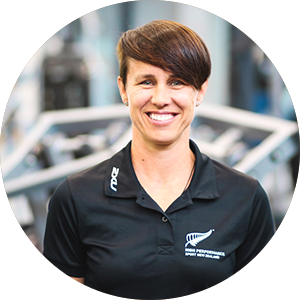
Jacinta Horan - Having spent over 20 years working in high performance sport both in NZ and overseas Jacinta Horan was the first registered Specialist in sports Physiotherapy in NZ. She works in a combination of roles between private practice, specialist sports consulting and High performance Sport NZ and is a member of WHISPA - working to enhance the health and performance of our female athletes.
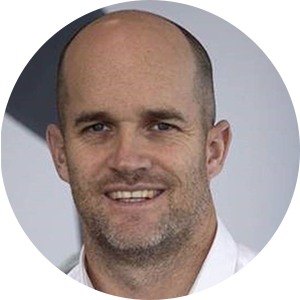
Dane Baker is a Performance Dietitian, who has worked extensively with New Zealand's elite athletes and teams (currently Blues Super Rugby & NZ Football). He’s also a part of WHISPA, a specialist group dedicated to optimising female health and performance. In addition to sport Dane specialises in working with patients suffering from RED-S, fertility issues, osteoarthritis and diabetes.
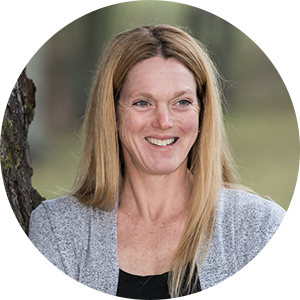
Dr Stacy Sims, MSC, PHD, is a forward-thinking international exercise physiologist and nutrition scientist who aims to revolutionize exercise nutrition and performance for women. Stacy currently holds a Senior Research Associate position with SPRINZ- AUT University, supervises PhD students, writes academic papers, and is on the advisory board of some cutting edge companies including Tonal Strength Institute, WILD.AI, WHOOP, and EXOS. She is impassioned to empower women of all ages to work with their physiology, improving both health and performance.
 Dr Sarah Beable is a Sport and Exercise Physician at Axis based in Queenstown and currently a Doctor for Snow Sports NZ and was previously Medical Director for Cycling New Zealand. She has worked with a wide range of athletes and sports taking her to Olympic and Commonwealth Games, as well as touring with the Silver Ferns. Sarah has a particular interest in RED-S, running a nationwide clinic in this and is a member of the WHISPA group.
Dr Sarah Beable is a Sport and Exercise Physician at Axis based in Queenstown and currently a Doctor for Snow Sports NZ and was previously Medical Director for Cycling New Zealand. She has worked with a wide range of athletes and sports taking her to Olympic and Commonwealth Games, as well as touring with the Silver Ferns. Sarah has a particular interest in RED-S, running a nationwide clinic in this and is a member of the WHISPA group.
Dr Lynee Coleman is a Specialist GP and Urgent Care physician who has worked in general practice for almost 4 decades with a special interest in Women’s and Adolescent Health. The past 2 decades she has also worked with high performance elite athletes and is currently a key medical provider at the National Training Centre in Auckland.
